Artists including Etienne-Jles Marey, Georges Demeny, Frank Gilbreth, and Man Ray have been “painting” with light since 1889. Even Picasso took to this bright new technique, creating a series of “light drawings” in 1948 which includes his famous “Picasso Draws a Centaur”. Artists continued exploring light painting throughout the 20th century and the technique has experienced a resurgence in popularity with the advent of the digital camera.
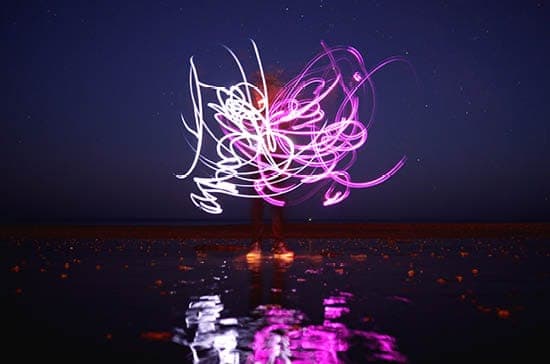
Modern artists like Los Angeles-based Darren Pearson continue to work with this technique, developing new ways to combine light and photography, like using Pearson’s proprietary, marker-like light source, the Night Writer, which even allows him to paint with colored light.
Light painting is just what it sounds like – it’s the art of using handheld lights to add light and movement to an image. The effect is an amalgam of the traditional and the modern, and it’s simple to achieve. In order to create your own light paintings, you’ll need:
- Camera capable of long exposures
- Tripod
- Flashlight, glow sticks other light source
- Dark location (outdoors at dusk or night or darkened room)
Once you’ve gathered your tools, you’ll need to choose your subject. Light painting works with everything from nightscapes to still life to empty scenes. Select and set your scene, then place your camera on the tripod and take a test shot to make sure you like your composition.
Next, set your camera to the long exposure setting and turn the lights off. Click to take a picture – while the shutter is open, shine your light source on and around the scene. You can make wild or deliberate movements with your light, outline or paint your entire subject, or “write” something with your light. Anywhere your light moves will leave a light trail on your image. “Paint” until your shutter closes. Then check your camera to view your image.
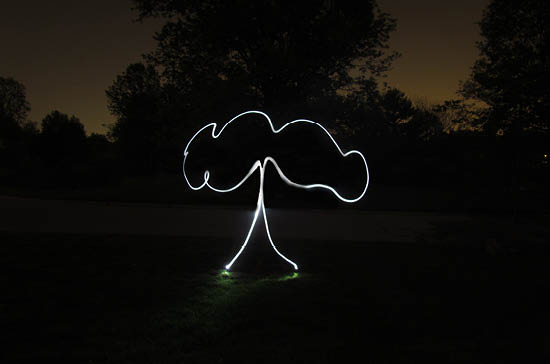
Freehand tree painted with light
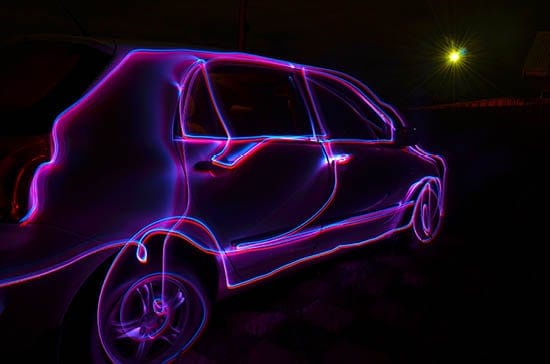
Car painted with light
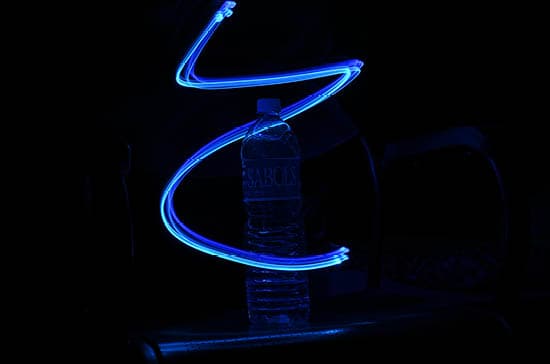
Painted light around a water bottle
Once you’ve mastered painting with light using still images, you can progress to adding light to video, like this Sprint commercial:

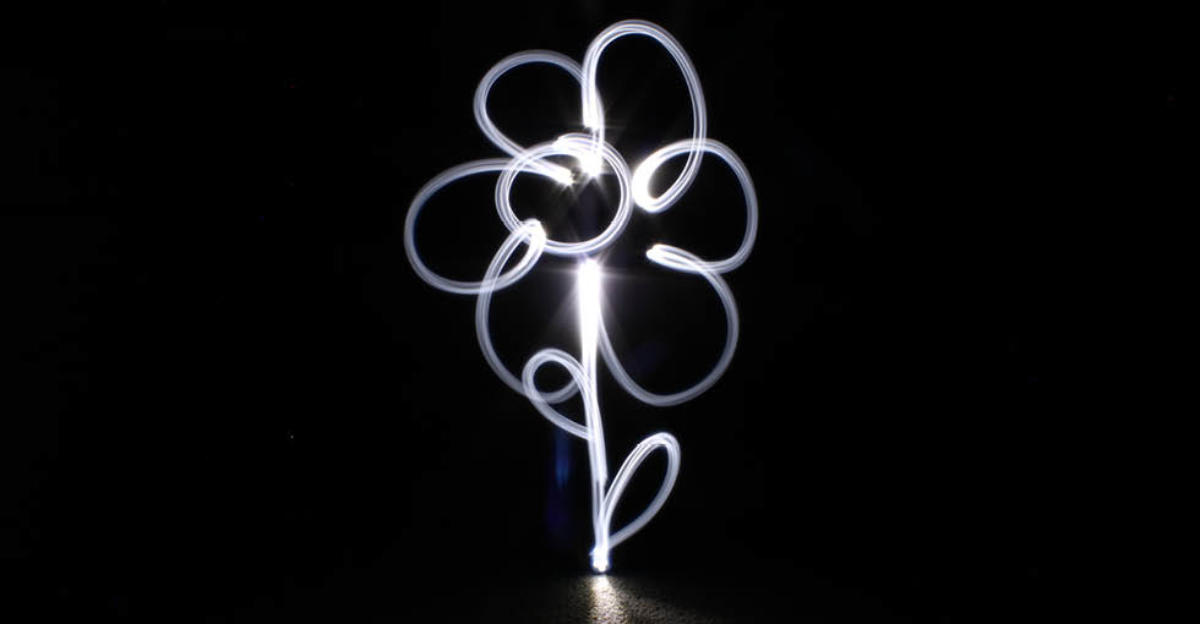




Leave a Reply